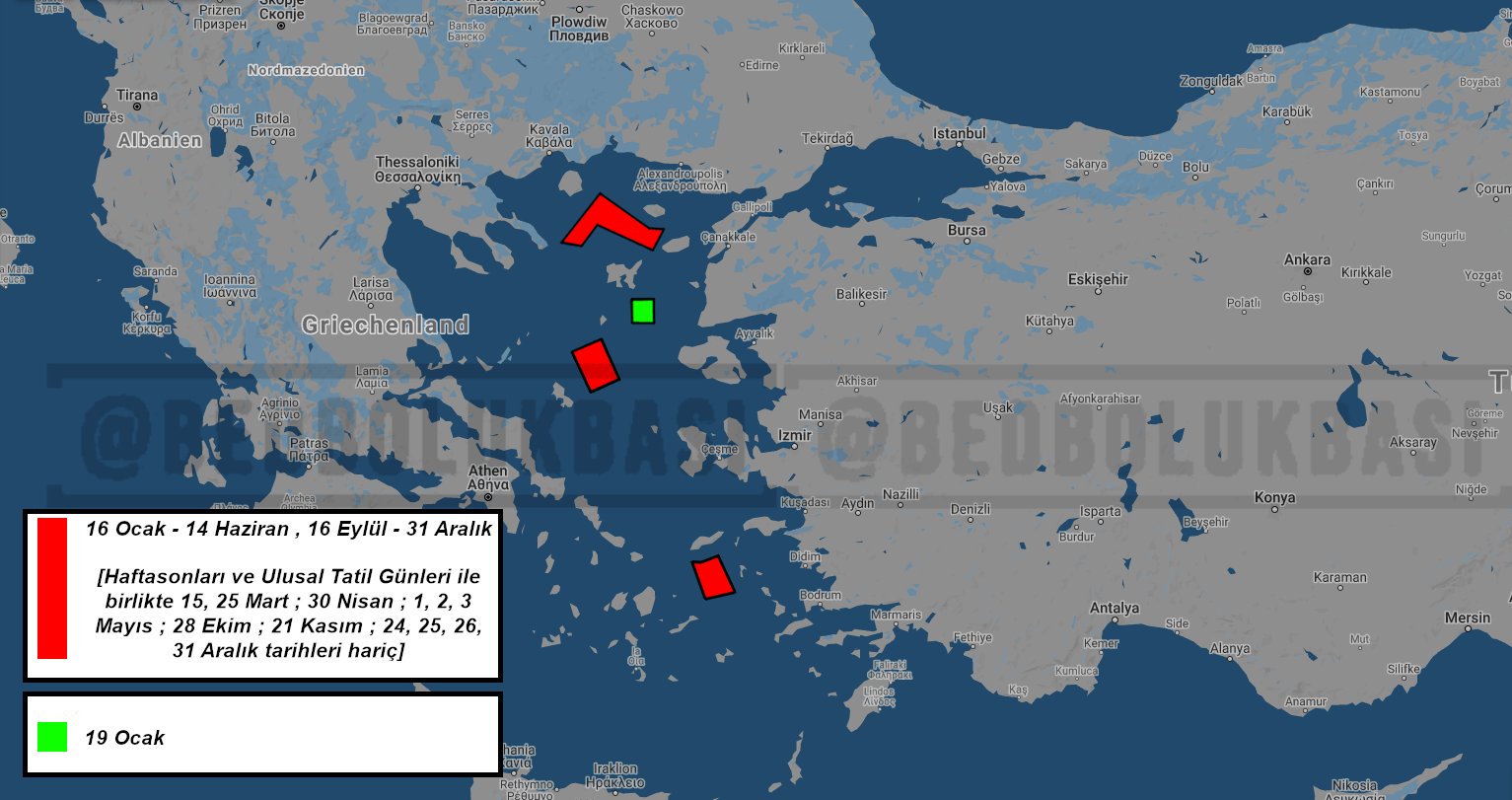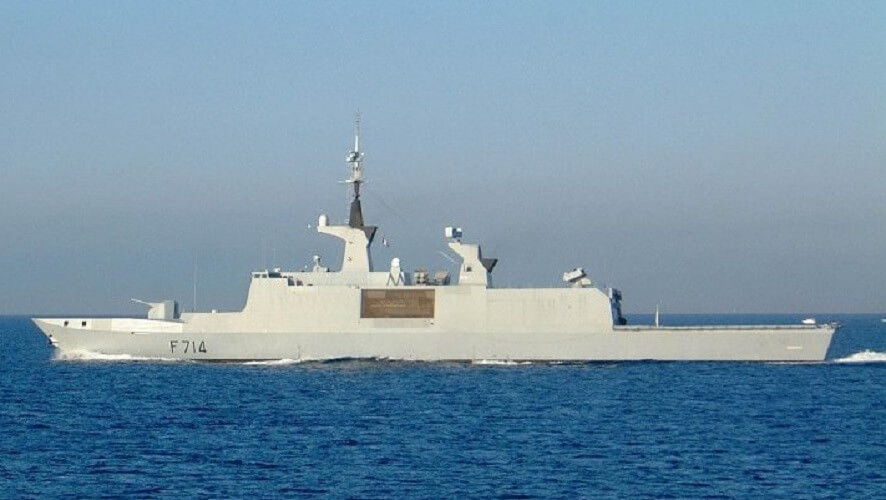Ghost soldier
Хижак
* greek cyprusand Cyprus.
Latest Thread
* greek cyprusand Cyprus.



 www.savunmasanayist.com
www.savunmasanayist.com
I’m more worried about the F16 upgrade. I don’t think we have to rush it, we should at least get the FAC55 started. I also mentioned in the past that bigger Coast Guard vessels should have more armament.Gerece is on the attack again. 6 frigates to be purchased from France. At least 4 of them will be new. We need to get our finger out and start on those 3 frigates and the Barbaros modernisation.

Yunanistan’dan fırkateyn tedarik planı | SavunmaSanayiST
Yunan Savunma Bakanı Panagiotopulos göre; Yunanistan, Fransa’dan dört adedi yeni olmak üzere altı adet fırkateyn tipi savaş gemisi tedarik etmeyi amaçlıyor.www.savunmasanayist.com
Can you please provide a short summary of the article in English?Gerece is on the attack again. 6 frigates to be purchased from France. At least 4 of them will be new. We need to get our finger out and start on those 3 frigates and the Barbaros modernisation.

Yunanistan’dan fırkateyn tedarik planı | SavunmaSanayiST
Yunan Savunma Bakanı Panagiotopulos göre; Yunanistan, Fransa’dan dört adedi yeni olmak üzere altı adet fırkateyn tipi savaş gemisi tedarik etmeyi amaçlıyor.www.savunmasanayist.com
Greece is trying hard to keep up, and with the F-16V & Rafale deals they are even trying to step ahead. Problem is that Turkey can produce its own solutions which will turn any Greek purchases into wastes of money.Gerece is on the attack again. 6 frigates to be purchased from France. At least 4 of them will be new. We need to get our finger out and start on those 3 frigates and the Barbaros modernisation.

Yunanistan’dan fırkateyn tedarik planı | SavunmaSanayiST
Yunan Savunma Bakanı Panagiotopulos göre; Yunanistan, Fransa’dan dört adedi yeni olmak üzere altı adet fırkateyn tipi savaş gemisi tedarik etmeyi amaçlıyor.www.savunmasanayist.com
Best thing they can do, they repeat the mistakes from the 90s again. After Kardak they also made those panic purchase, new submarines, tanks, aircrafts etc. The deal with France alone for the Rafale, Belharra, La Fayatte will be over €7 billion. And add F-16 and MEKO modernization and we are slowly moving to the €10 billion limit.Gerece is on the attack again. 6 frigates to be purchased from France. At least 4 of them will be new. We need to get our finger out and start on those 3 frigates and the Barbaris modernisation.

Yunanistan’dan fırkateyn tedarik planı | SavunmaSanayiST
Yunan Savunma Bakanı Panagiotopulos göre; Yunanistan, Fransa’dan dört adedi yeni olmak üzere altı adet fırkateyn tipi savaş gemisi tedarik etmeyi amaçlıyor.www.savunmasanayist.com
He who doesn't finance his Army will end up financing someone's else's Army.Best thing they can do, they repeat the mistakes from the 90s again. After Kardak they also made those panic purchase, new submarines, tanks, aircrafts etc. The deal with France alone for the Rafale, Belharra, La Fayatte will be over €7 billion.
A country that is still in a crisis and dependent on tourism wasting so much in weapons now...
He who doesn't finance his Army will end up financing someone's else's Army.
How? Greece GDP 2020 forecast -10 %?Gerece is on the attack again. 6 frigates to be purchased from France. At least 4 of them will be new. We need to get our finger out and start on those 3 frigates and the Barbaros modernisation.

Yunanistan’dan fırkateyn tedarik planı | SavunmaSanayiST
Yunan Savunma Bakanı Panagiotopulos göre; Yunanistan, Fransa’dan dört adedi yeni olmak üzere altı adet fırkateyn tipi savaş gemisi tedarik etmeyi amaçlıyor.www.savunmasanayist.com
